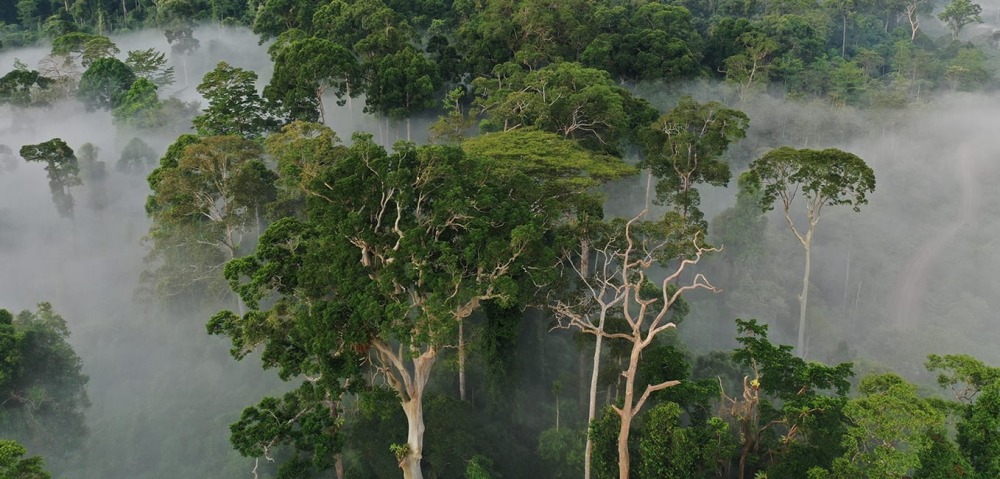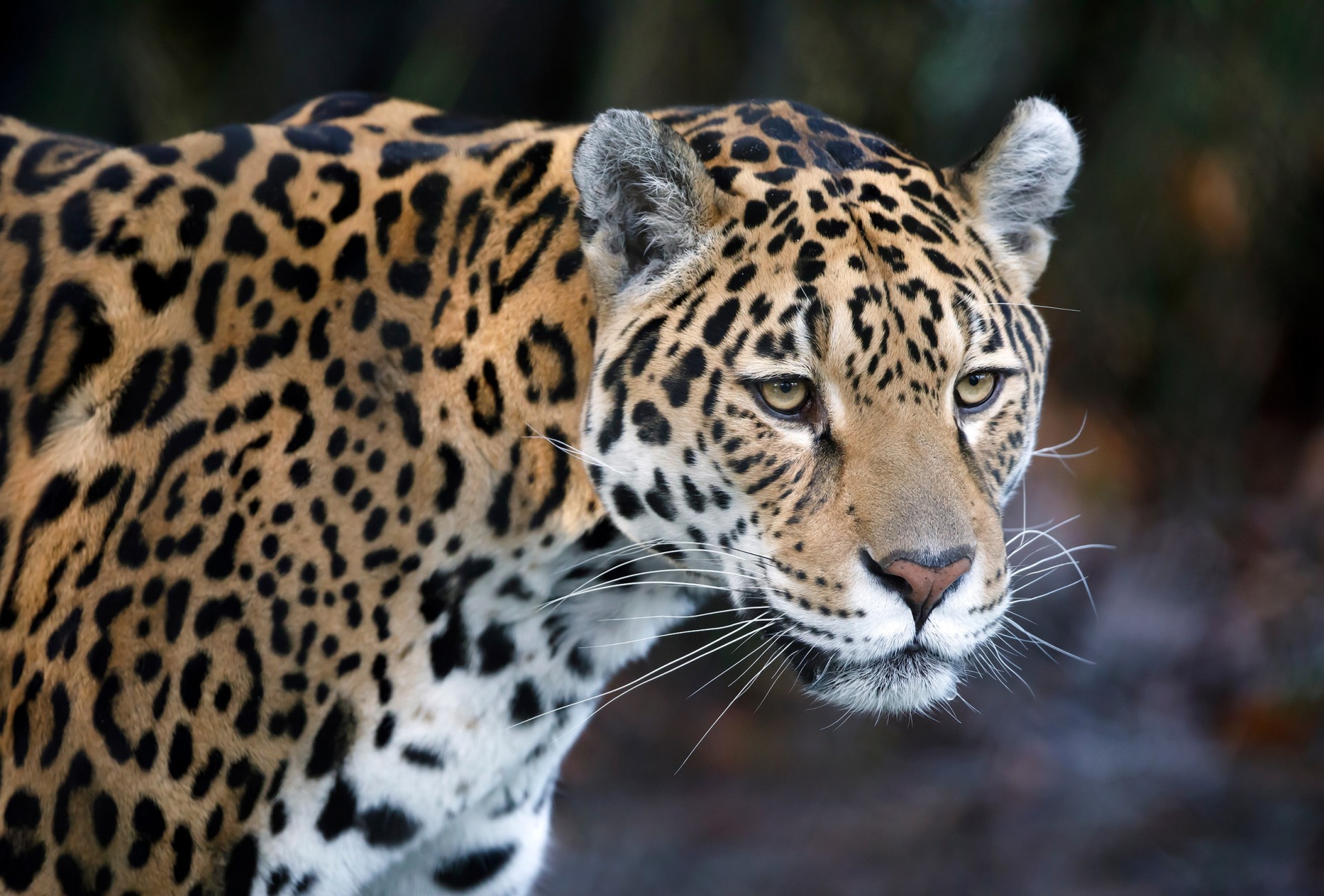
Our History
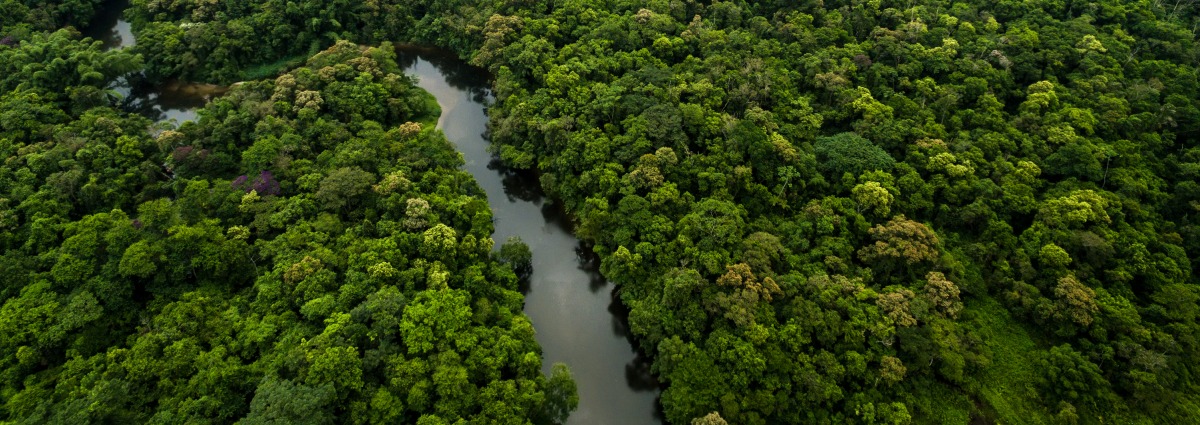

Conservation Action Fund
Your gift will allow us to take swift conservation action when and where it is needed most.
Donate NowDonate NowOfficially incorporated on December 8, 1988, Rainforest Trust celebrated its first conservation success less than a year later. In the Sierra de Las Minas Mountains in Guatemala, a vital expanse of virgin tropical forest was at risk of clearing and conversion into cropland. Home to one of the largest remaining cloud forests in Central America, the area provided critical habitat to many rare and endangered species of amphibians, plants and birds. Some of these species lived nowhere else on Earth, and their fate intertwined with the fate of this forest.
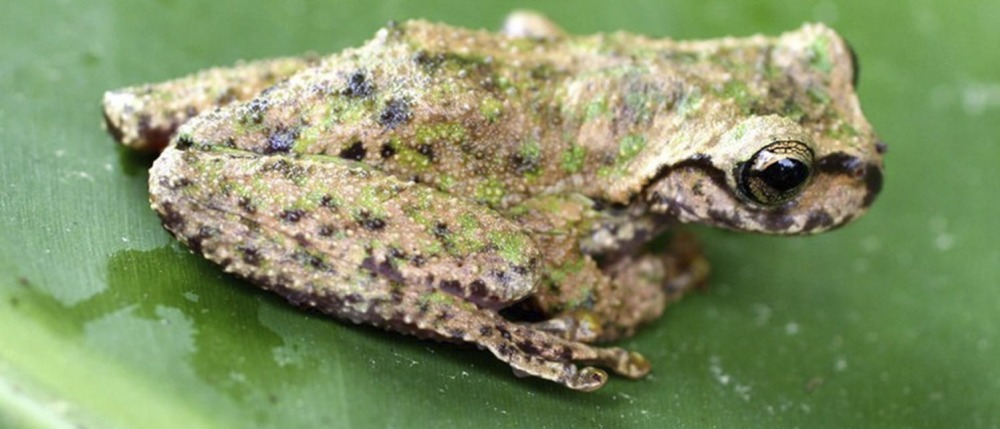
The organization identified an experienced local Guatemalan partner called Defensores de La Naturaleza (Defenders of Nature) and raised the funds needed to carry out its first conservation project. At a cost of only $4 per acre, Rainforest Trust supported the purchase of the 11,000-acre Sierra de las Minas Reserve. This initial protection then catalyzed the creation of one of the most important protected areas in Central America, the 600,000-acre Sierra de Las Minas Biosphere Reserve. Today, this reserve is still managed by the same local partner. The reserve’s mountains span and protect a variety of ecosystems, from subtropical thorn forests to majestic cloud forests.
In its first decade, Rainforest Trust remained a small operation. But it still celebrated significant accomplishments, with about one project completion per year.
Over the first 10 years, the organization safeguarded more than 200,000 acres of Latin America’s irreplaceable ecosystems with landmark projects in Belize, Argentina and Venezuela.
In 1999, efforts in Ecuador expanded as renowned ornithologist and conservationist Dr. Robert Ridgely joined the organization. Dr. Ridgely is a leading expert on the birds of South and Central America as well as a proponent of private reserve systems as a conservation strategy for endangered species.
In 2002, the organization achieved its first multimillionacre victory for both tropical conservation and indigenous rights. Due to rising gold prices, a wave of miners had invaded a region of Peru’s Amazon called Madre de Dios. This territory was occupied by many indigenous communities, including tribes living in voluntary isolation. Serious conflict ensued as indigenous leaders fought to remove the miners as well as loggers who arrived to exploit the region’s hardwood forests.
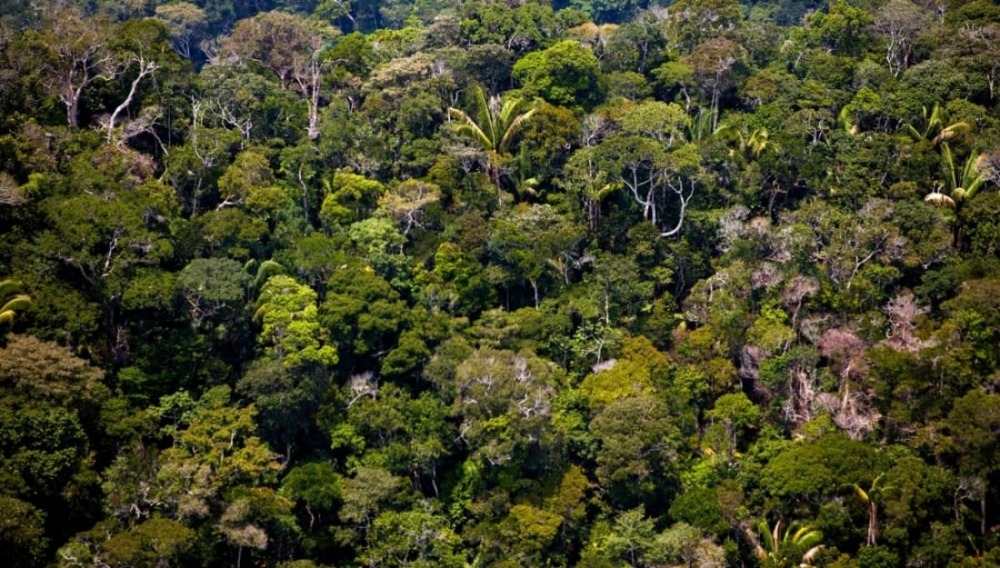
But a committed and innovative Peruvian anthropologist, Lelis Rivera, and his organization, Centro para el Desarrollo del Indígena Amazónico, managed negotiations for the indigenous communities with Peru’s government to expel the miners and loggers. With support from Rainforest Trust, the project culminated in the creation of the over 2 million-acre Madre de Dios Territorial Reserve. This effort safeguarded a vast swath of Peru’s Amazon Rainforest from further destruction and protected the homelands of its indigenous inhabitants and unique biodiversity.
In 2008, Dr. Paul Salaman, a passionate conservationist with 20 years of field experience, joined the organization. Dr. Salaman’s studies at Oxford University in the 1990s led him to organize a series of biodiversity expeditions across Colombia. Here, despite the civil war enveloping the nation, he described four bird species new to science. Following these discoveries, he dedicated his career to tropical conservation. In Colombia, he led local communities to create a new national park and four nature reserves to save habitat for the threatened species he had discovered. Dr. Salaman also inherited a townhouse in central London and, despite his student debt, he donated the house to charity with its proceeds to benefit international conservation.
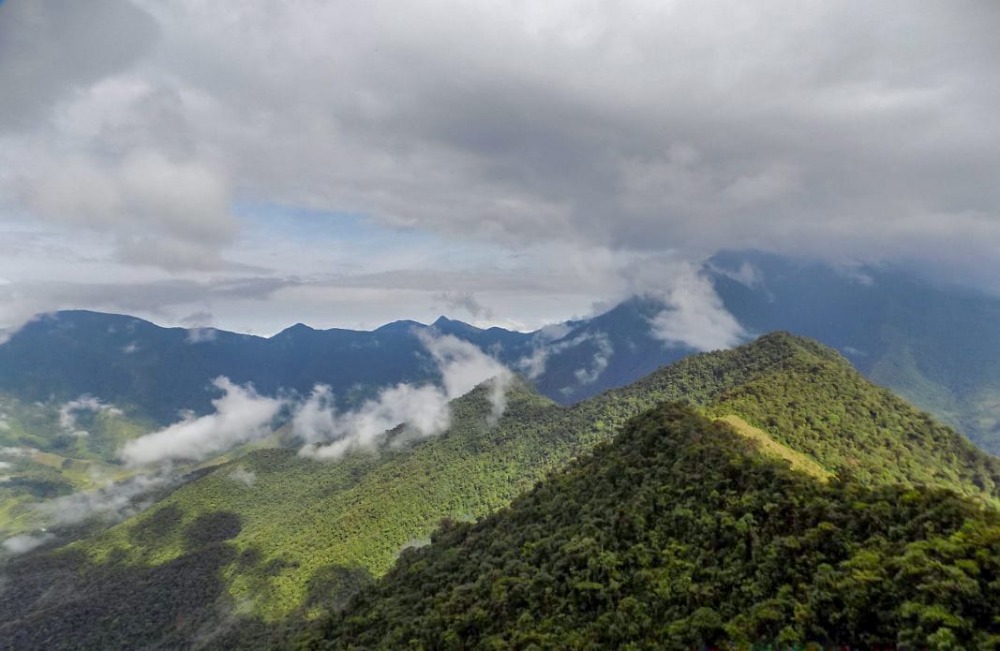
By 2012, Dr. Salaman had become Rainforest Trust’s CEO, and through his leadership the organization began a rapid, uphill trajectory. He and the Board also asked Dr. Ridgely to become the organization’s President. This move further advanced Rainforest Trust’s mission by applying lessons learned from Dr. Ridgely’s years of field conservation and extensive biodiversity knowledge across the tropics. In the years to come, both the annual number of conservation projects and fundraising levels skyrocketed.
At its 25th anniversary in 2013, the organization was at a turning point. Long solely focused on the Neotropics, Rainforest Trust forged into Africa and Asia with new and exciting projects to protect the imperiled rainforests of Madagascar, Borneo and the Philippines.
As part of an ambitious strategy planning session the following year, Rainforest Trust launched the “Ark Initiative,” a challenge to protect 20 million acres by 2020. To reach this target, the organization assembled a team of conservation scientists to expand and monitor Rainforest Trust’s growing network of protected areas and in-country partners.
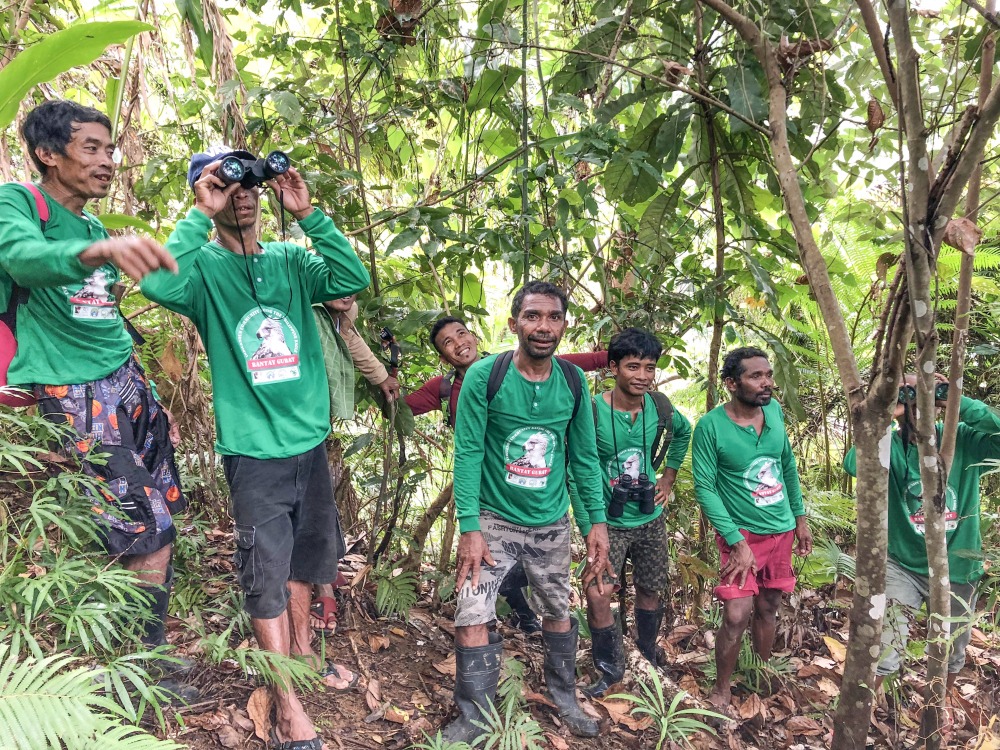
Rainforest Trust also instituted a new “Sustainability Fund” to finance long-term, ongoing management at the organization’s already-established reserves. This fund ensures that forest guards have access to training, equipment, salaries and housing. As frontline wildlife defenders, these forest guards are instrumental in patrolling reserve borders, coordinating restoration efforts and protecting endangered species. With new rainforest threats always emerging, the fund helps maintain the highest levels of wildlife protection at the reserves.
By 2015, Rainforest Trust had reached a milestone with 10 million acres saved. As a result of its exponential growth and emerging success, the organization relocated its headquarters to a historic manor house in Warrenton, Virginia. Over the past few decades, the property has seen many global leaders, policymakers and environmental initiatives convene in these rooms. Here in 1969, Senator Gaylord Nelson met with students to discuss Earth Day – now a worldwide movement celebrated every April 22.
In 2016, it became clear that Rainforest Trust would meet its 20 million acre “Ark Initiative” goal far ahead of schedule. And a passionate conservation supporter took notice. To push Rainforest Trust even further, this supporter proposed a newer initiative – the SAVES (Safeguarding Areas Vital to Endangered Species) Challenge. More than doubling the initial goal, The SAVES Challenge aimed to protect a total of 50 million acres by 2020. To reach that monumental goal, Rainforest Trust would need to raise more than $100 million, and the supporter generously pledged to match every dollar donated. That same year, Rainforest Trust established international affiliates in Australia and the United Kingdom to help generate funding for the new initiative.
In 2018, Rainforest Trust celebrated its 30th Anniversary. With work in 49 countries with 151 local partners, the organization had already secured over 20 million acres through its vast network of conservation partners. Over three decades, Rainforest Trust saw incredible successes in a short time span. But these first 30 years have shown more than just impressive numbers. Rainforest Trust’s unwavering mission and dedication have proven that passionate conservationists can, acre by acre, protect this planet when they work together.
